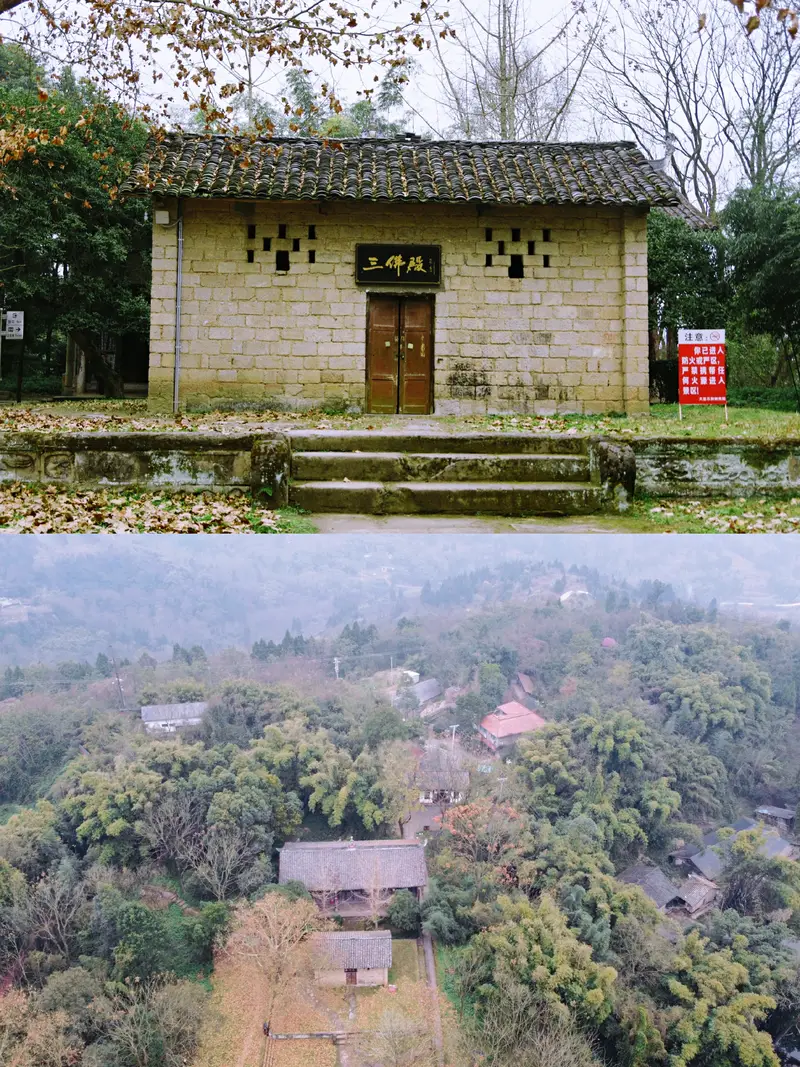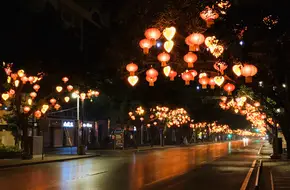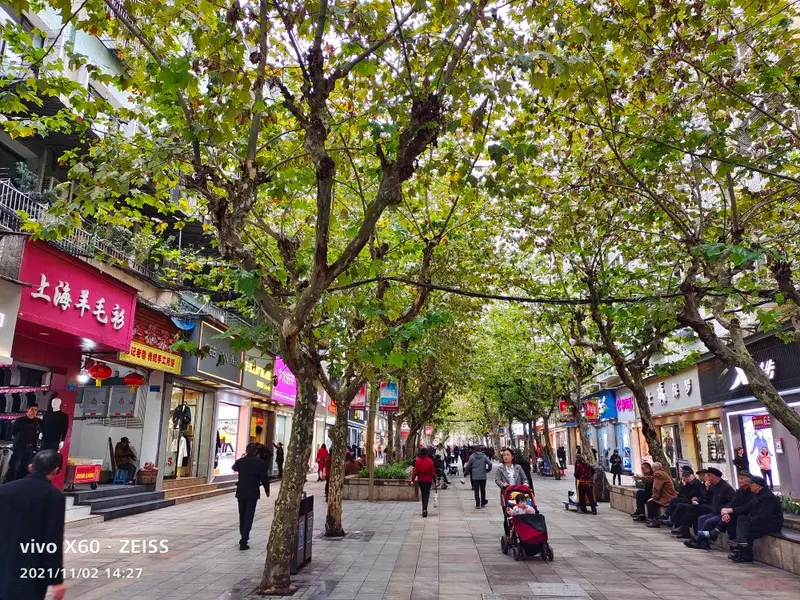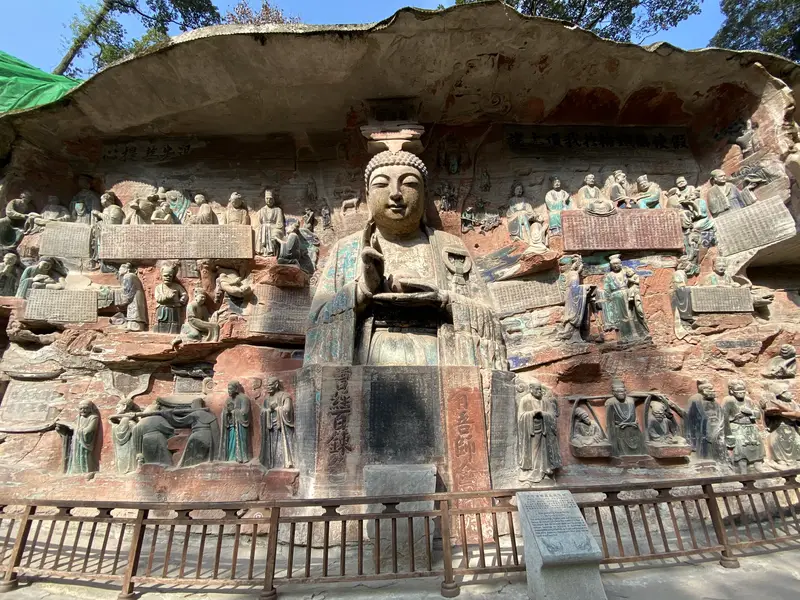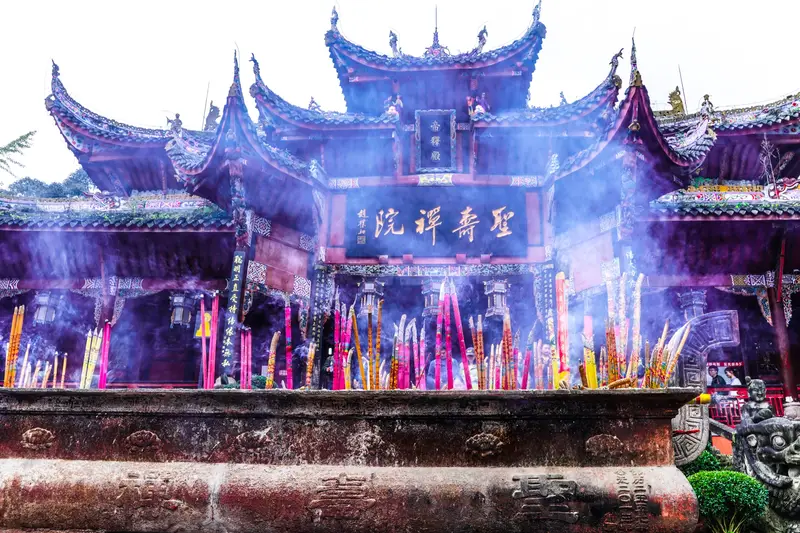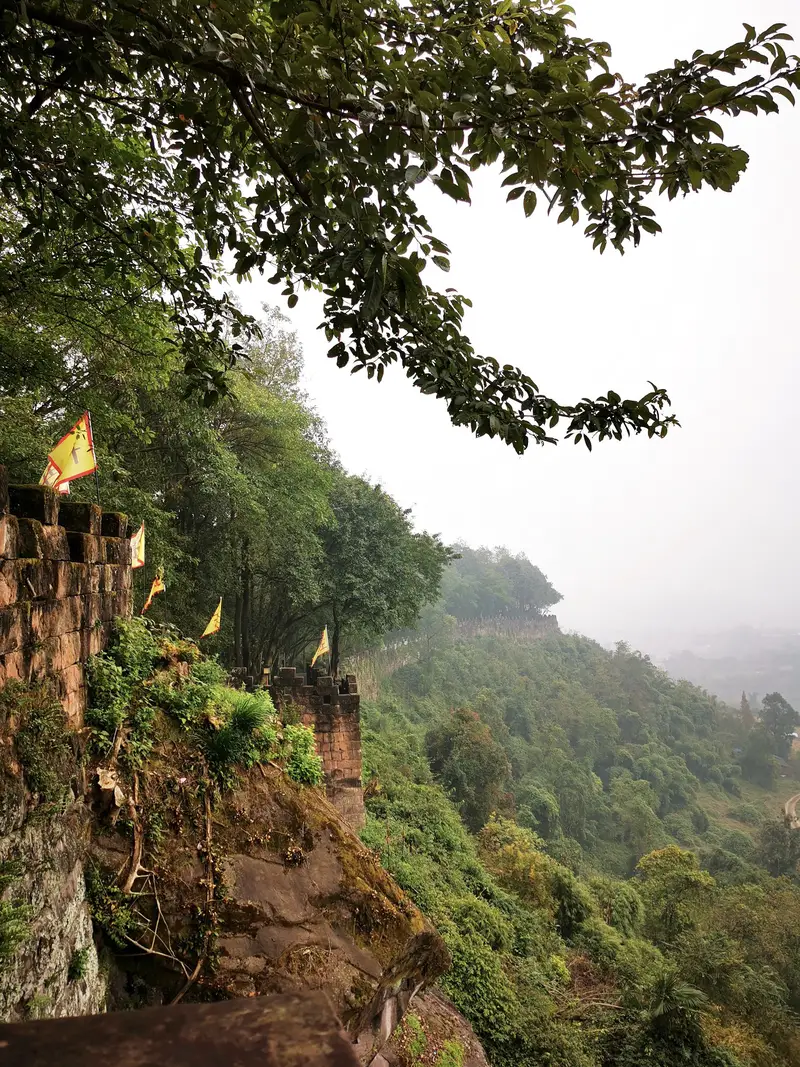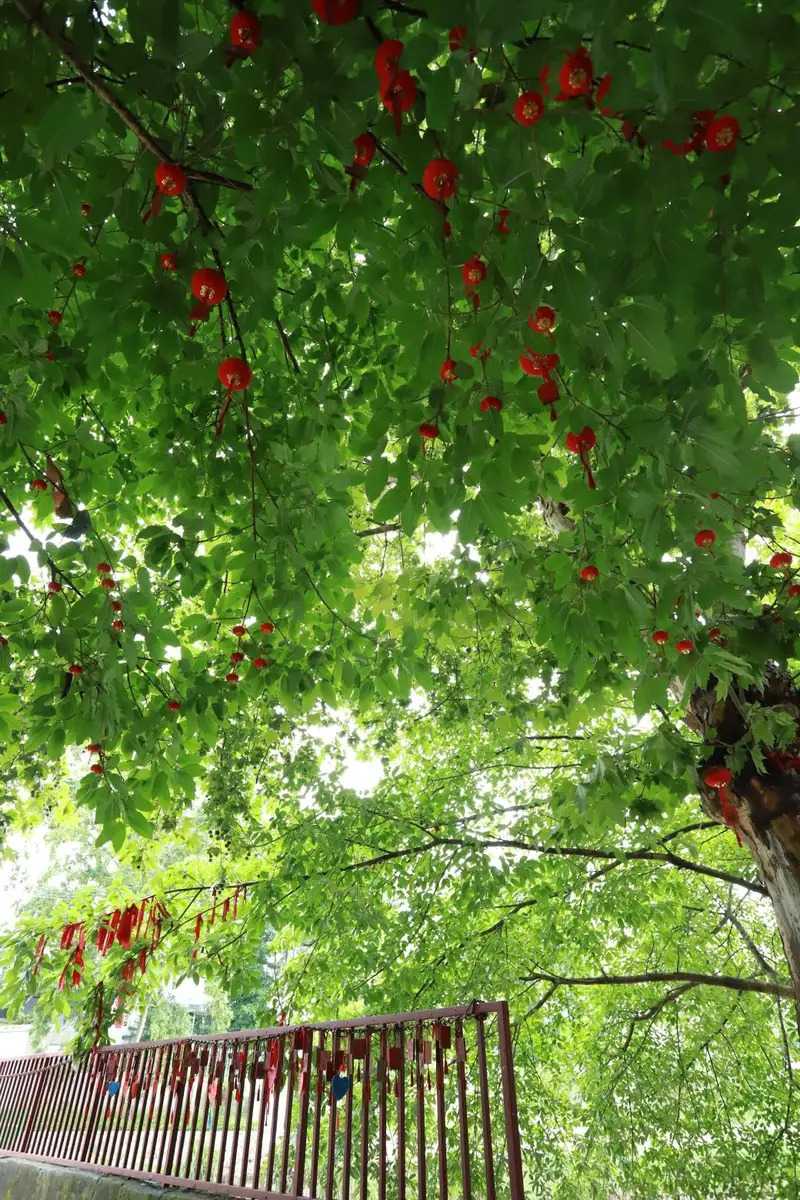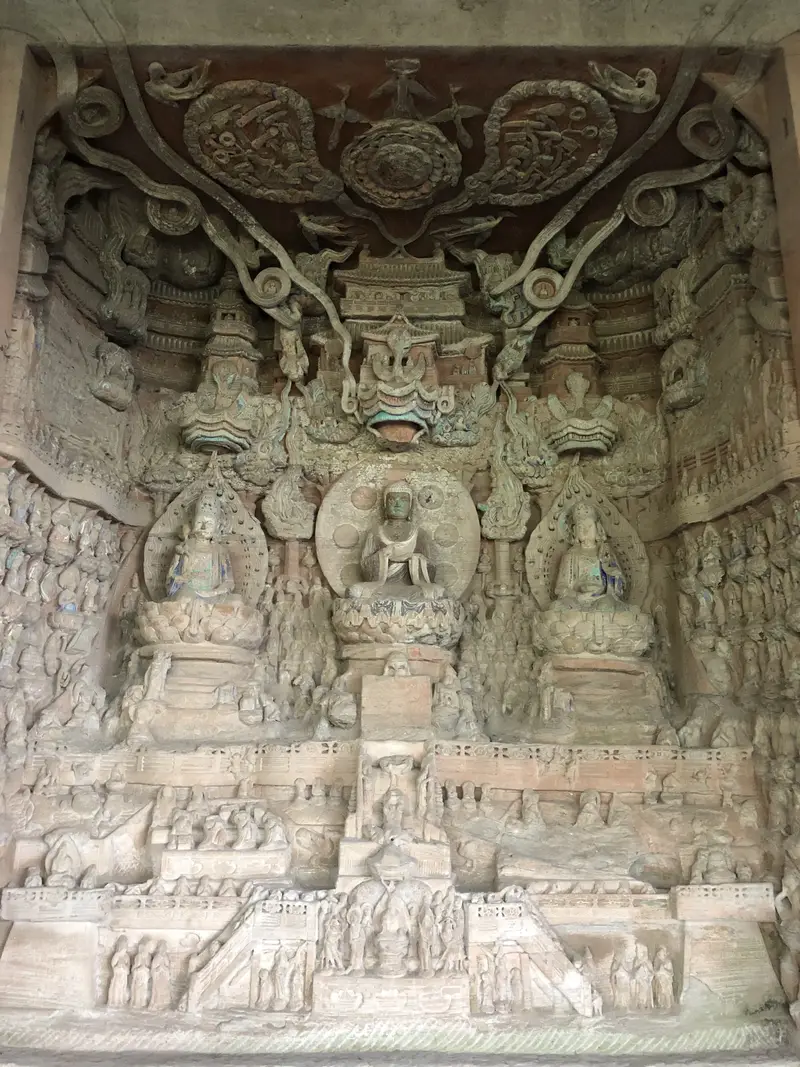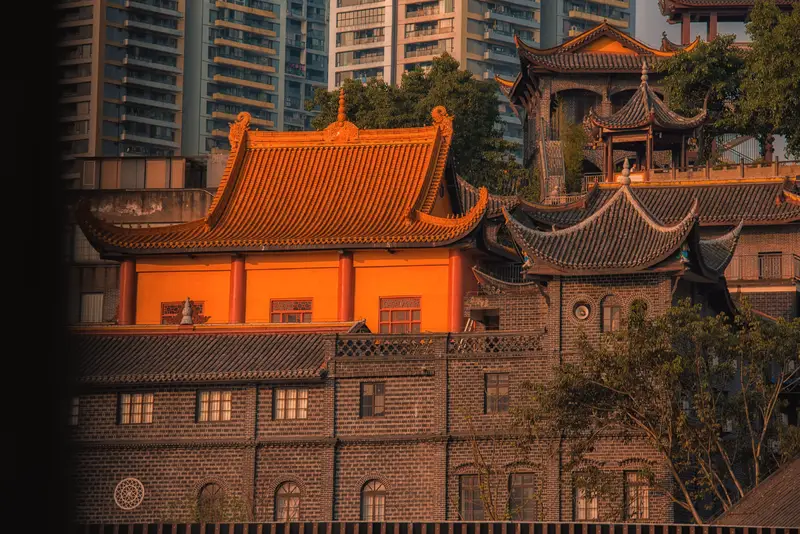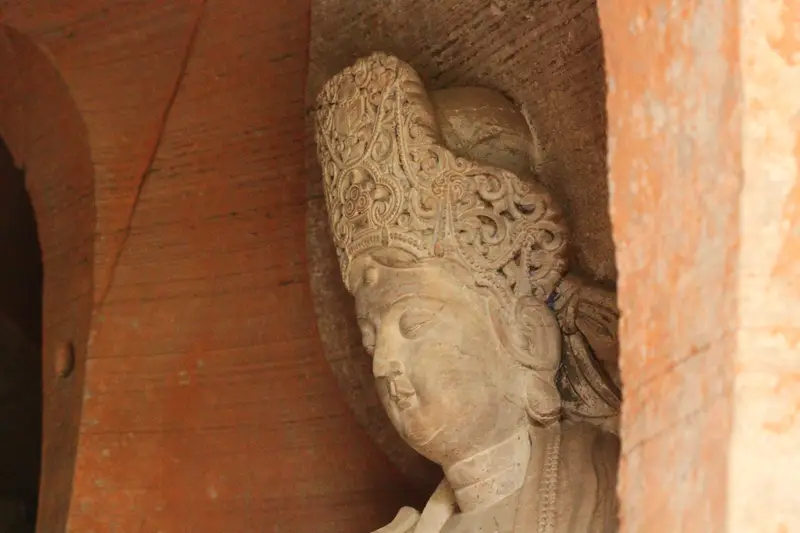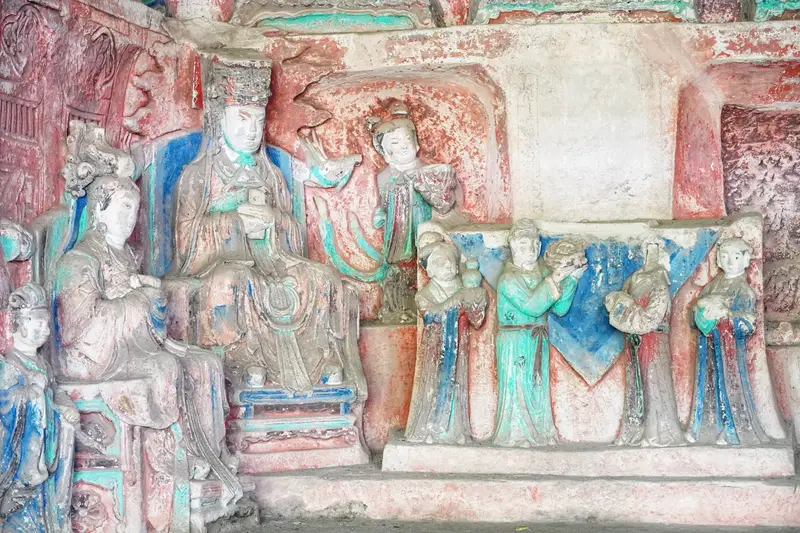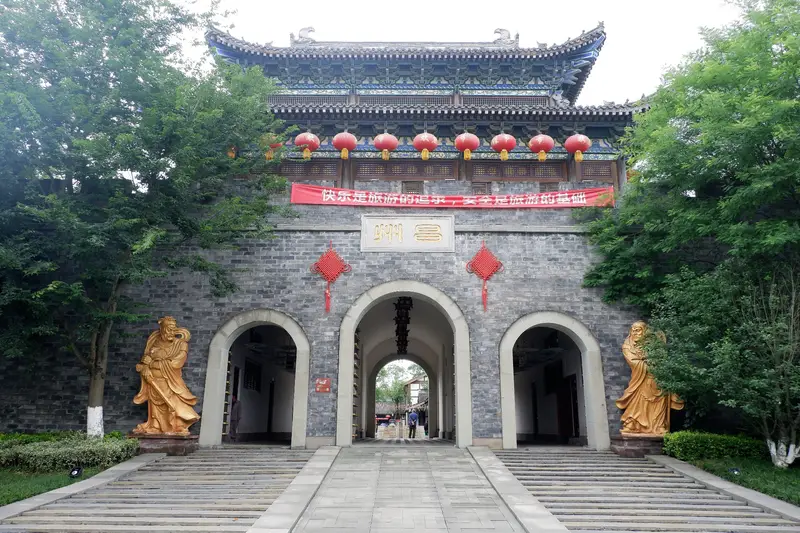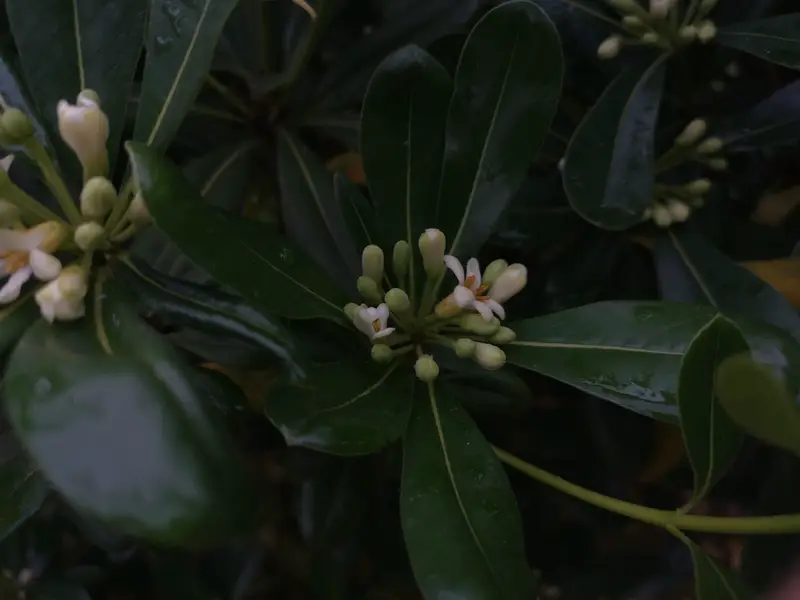Geography and Location
Chongqing North Tower isn’t the first name that comes to mind in a city packed with skyscrapers and cable cars, but this hidden gem in Dazu District is worth seeking out. Tucked away in the Beishan Stone Carvings Scenic Area, it sits at the end of North Mountain Road, surrounded by lush greenery and ancient grottoes. The tower’s position feels almost secret—perfect for travelers who want to escape crowds while still diving into Chongqing’s cultural treasures.
How to Get There
Reaching Chongqing North Tower is straightforward. If you’re coming from downtown Chongqing, take the high-speed train to Dazu South Station (about 1 hour). From there, a 20-minute taxi or local bus (Line 3) will drop you near the Beishan Stone Carvings entrance. The final stretch involves a short hike uphill, but the stone steps and shaded paths make it easy. Driving? Park at the scenic area’s lot and follow the signs—you can’t miss the tower’s red-tiled roof peeking through the trees.
Natural Scenery: A Breath of Fresh Air
What really makes Chongqing North Tower special is its setting. The tower stands against a backdrop of forested hills, with mist often swirling around its base in the early morning. A winding trail leads to the top, where you’ll find panoramic views of the surrounding valleys and the winding Yuxi River. In spring, cherry blossoms frame the path, while autumn paints the leaves in fiery reds and oranges. Even on busy days, the quiet rustling of leaves and birdsong keep things calm—a rare treat in a city as lively as Chongqing.
Cultural Treasures: History Meets Art
Chongqing North Tower itself dates back to the Song Dynasty (960–1279), though it has been restored through the centuries. What sets it apart are the nearby stone carvings, part of UNESCO’s World Heritage Sites. The cliffs around the tower are filled with intricate Buddhist statues and scenes carved into the rock—think detailed dragons, bodhisattvas, and stories from ancient myths. Local guides often share tales about how these carvings were made, explaining how monks and artisans spent decades perfecting each inch. It’s like stepping into a time capsule where stone tells stories instead of people.
Practical Tips: What to Expect
The area around Chongqing North Tower is surprisingly well-equipped. A visitor center near the entrance offers maps (with English translations) and free audio guides. Clean restrooms and water stations are scattered along the trails, so you don’t need to rush. For snacks, small vendors sell steamed buns, cold drinks, and Chongqing-style spicy noodles—great for refueling after a hike. If you forget your camera, don’t worry: the gift shop has postcards of the tower and carvings.
The Full Experience: What to Do
Start your visit early to catch the soft morning light on the stone carvings. Spend an hour exploring the trails and carvings near Chongqing North Tower, then climb to the top of the tower for photos. Pair this with a visit to the nearby Beishan Bay Stone Carvings (a 15-minute walk) for more history. Plan for 2–3 hours total, including breaks to soak in the views. On hot days, the tower’s shaded courtyard becomes a cool retreat, while winter visits offer crisp air and fewer tourists.
Why It’s Worth Your Time
Chongqing North Tower might not dominate skyline photos, but its blend of nature, history, and tranquility makes it a standout. Unlike the crowded Yangtze River spots, here you can linger by carvings without feeling rushed. Whether you’re a history buff, a nature lover, or someone who just wants a peaceful day trip, this spot captures the soul of Chongqing’s lesser-known charms. Just remember to wear comfy shoes—those stone steps are ancient, but very real!


